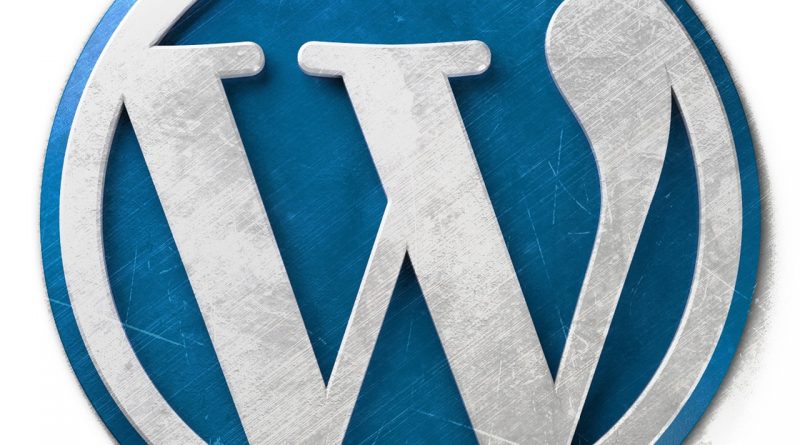What’s New in WordPress 5.5
WordPress released version 5.5 “Eckstine” (named in honor of Billy Eckstine) to the public on August 11, 2020. This release comes with some great features for bloggers.
This article will describe the new features in WordPress 5.5 available to administrators, bloggers and developers.
Lazy Loading
Chances are you use a lot of images in your blog. Images make your post stand out, and make your content more enjoyable to read.
Adding images to your site comes with a cost, and that cost is page performance.
In the past you could increase WordPress speed by using a plugin called “Lazy Load” to help your images load faster.
In the newest version of WordPress lazy loading is baked in.
What is lazy loading? Lazy loading loads images onto the user’s screen as they scroll into view, rather than pre-loading all the images when the user first hits your page. This means the page loads faster, and cuts down on the user’s data usage.
XML Sitemap
Sitemaps help Google index your site. You could use a plugin like “Google XML Sitemaps“, or an online tool like “XML-Sitemaps.com” to create your sitemap, but in WordPress 5.5 they can be generated by WordPress.
If you’re currently using an SEO plugin to generate your sitemap, you’ll want to compare what it does vs what WordPress generates out of the box. If you find that your plugin has more features then it might be worth disabling the WordPress sitemap generator.
Auto-Updates for Plugins and Themes
WordPress 5.5 now allows you to set your themes and plugins to update automatically.
This not only makes managing your blog easier, but it increases the security of WordPress by ensuring that your code is always up to date.
Upload New Versions of Plugins
In the past if you needed to update a plugin manually, you’d have to FTP your plugin’s code via some FTP client to apply the changes.
New in WordPress 5.5 you will have the ability to upload a new plugin right from the admin screen.
Simply go to “Plugins -> Add new” and upload the new version of the plugin.
Updates to the Block Editor
WordPress 5.5 brings improvements to the block editor that will help boost your efficiency.
Block Patterns
One of the additions to the block editor is a new feature called “block patterns”.
Block patterns take commonly used blocks and defaults some pre-configured settings that can instantly be added.
WordPress 5.5 will be loaded with a few block patterns, with more being added all the time.
The New Block Directory
The newest version of WordPress comes with an integrated block directory.
This makes it easier than ever to add blocks to your site since you’ll now be able to do so right from the block editor.
Think of the block directory in the same sense that you think of the plugin directory. It’s a way for you to search for new blocks to add to your site so you can improve your blogs functionality.
Inline Image Editing
In earlier versions of WordPress you have the ability to do basic image editing from the media library
Now in the latest version of WordPress you can edit your images right within the block editor.
Edit the image height, width, crop, rotate or zoom without leaving the block editor.
UI Changes in The Block Editor
The new block editor comes with UI changes to make editing easier.
Highlighting and borders make it easier to see the changes that you are making.
Accessibility
WordPress 5.5 comes with improvements in accessibility.
With this version of WordPress you’ll be able to copy links in media screens and modal dialogs with a button.
You’ll be able to move meta boxes with your keyboard, as well as edit images in WordPress with an assistive device. This is because it can read you the instructions in the image editor.
Changes for Tech Geeks
Along with the aforementioned updates to the admin screens for bloggers and administrators, WordPress 5.5 comes with some “under the hood” updates for the I.T. staff.
Server Side Blocks in the REST API
Block point endpoints are now available in the WordPress REST API.
Now JavaScript apps can retrieve block definitions for any blocks registered on the server.
Defining Environments
If your website has multiple environments (for example, a development environment, a testing environment and a “live” production environment) then WordPress now standardizes the way to define the site’s environment types.
To retrieve the environment type use wp_get_environment_type().
Dashicons
The Dashicons library adds 39 block editor icons along with 26 others.
What’s a Dashicon? They are the official icon fonts of the WordPress admin. Some examples:

Click here for more information on Dashicons.
Pass Data to Template Files
Template loading functions have a new $args argument.
This allows you to pass an array’s worth of data to templates.
Some of the functions affected include get_header() and get_template_part().
In Conclusion
WordPress 5.5 comes with plenty of great updates. Be sure to check out the WordPress 5.5 Field Guide to do a deep dive into all the new features available with this latest update.
